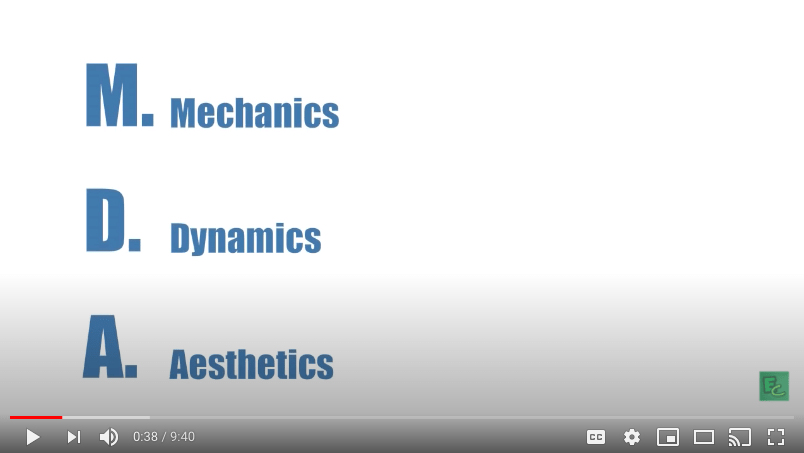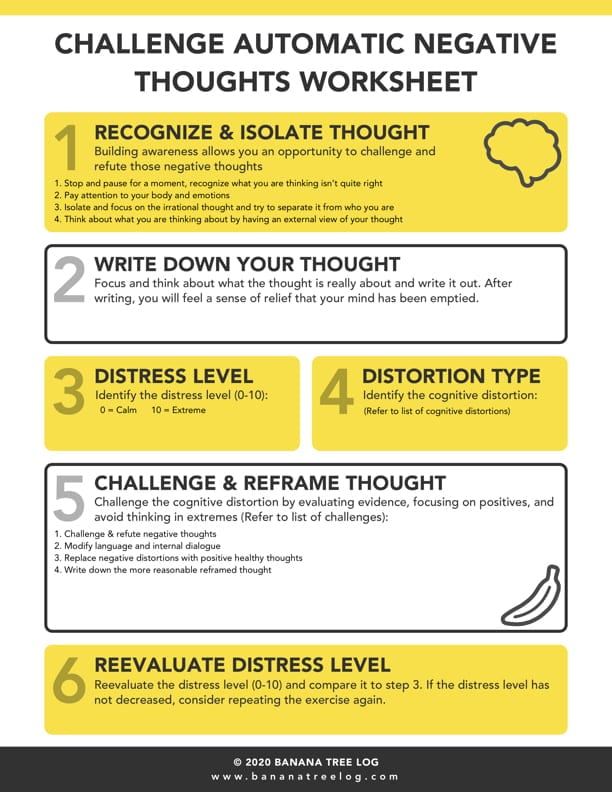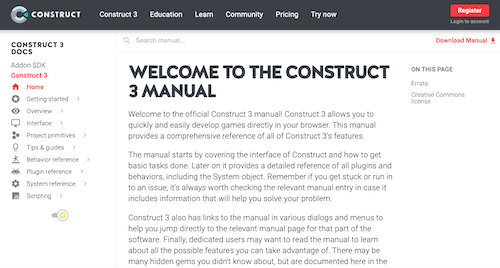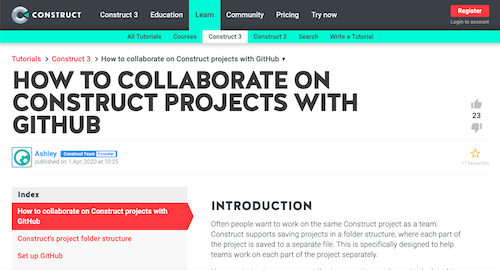
“The successful free to play games are selling positive emotions. Not content.” – Nicholas Lovell
“It should be the experience, that is touching. What I strive for is to make the person playing the game the director.” – Shigeru Miyamoto
SUMMARY
- I learned more about construct 3 and mindsets.
PRACTICE ROOM (TUTORIALS)

Construct 3 – Javascript
- The Overview Lesson.
CLASSROOM (THEORY & ANALYSIS)


Eight Type of Aesthetics
- Sensation (Game as sense-pleasure): Player enjoys memorable audio-visual effects.
- Fantasy (Game as make-believe): Imaginary world.
- Narrative (Game as drama): A story that drives the player to keep coming back
- Challenge (Game as obstacle course): Urge to master something. Boosts a game’s replayability.
- Fellowship (Game as social framework): A community where the player is an active part of it. Almost exclusive for multiplayer games.
- Discovery (Game as uncharted territory): Urge to explore game world.
- Expression (Game as self-discovery): Own creativity. For example, creating character resembling player’s own avatar.
- Submission (Game as pastime): Connection to the game, as a whole, despite of constraints.
MDA Notes
- Mechanics: What the player has to get used to.
- Dynamics: What boosts the affect of the Mechanics.
- Aesthetics: The way the game makes the player feels.
LAB (THEORY PRACTICED)
- Sensation (Game as sense-pleasure): The player enjoys memorable audio-visual effects.
- Nice Ambiance: Ambiance for when the player isn’t making much noise just to add a bit of immersion.
- Fantasy (Game as make-believe): Imaginary world.
- A Mix of Medieval things and present day things: Having things from different times could change the way the player interacts with the world unlike games centered at one place in time.
- Narrative (Game as drama): A story that drives the player to keep coming back
- A story that keeps going every update: Each update would add a new part to the story.
- Challenge (Game as obstacle course): Urge to master something. Boosts a game’s replayability.
- Mix different compatible game types: mixing different genre is great for having room for more diversity in modes.
- Fellowship (Game as social framework): A community where the player is an active part of it. Almost exclusive for multiplayer games.
- The story is continued using the story choices that the most people chose: If more people go down one path rather than the others, then the next story part will follow that path urging players to communicate for what they want to see.
- Discovery (Game as uncharted territory): Urge to explore the game world.
- Lots of things to do, but not in one place: If there aren’t enough things for the player to do/find, the game will eventually get boring. So, have more things spread out across the game world, secret or not, will extend the lifespan of the game.
- Expression (Game as self-discovery): Own creativity. For example, creating a character resembling player’s own avatar.
- Giving the player their own personalization features would give the player more incentive to play due to the amount of customization and the ways to get them.
- Submission (Game as pastime): Connection to the game, as a whole, despite of constraints.
- Aesthetics: If all of the previous aesthetics are as previously stated, then the player should want to keep coming back.
OUTSIDE (CREATIVITY, PRODUCTIVITY & THE BRAIN)


- Those 6 steps helped a bit to remove any unwanted thoughts doubting my future career of creating games. I couldn’t go for a walk but I started thinking of game ideas and maybe a new genre. I didn’t find a new genre but I have a better idea of what I eventually want to create.
STUDIO (CREATIVITY)

- I learned how to use some extra features for the editor like addons, editor background color, etc;
CONTROL ROOM (PRODUCTION)

- I learned how to make construct 3 have a custom collaboration feature using Git.
WHAT I LEARNED and PROBLEMS I SOLVED
- I learned more about construct 3 and organizing my mind.